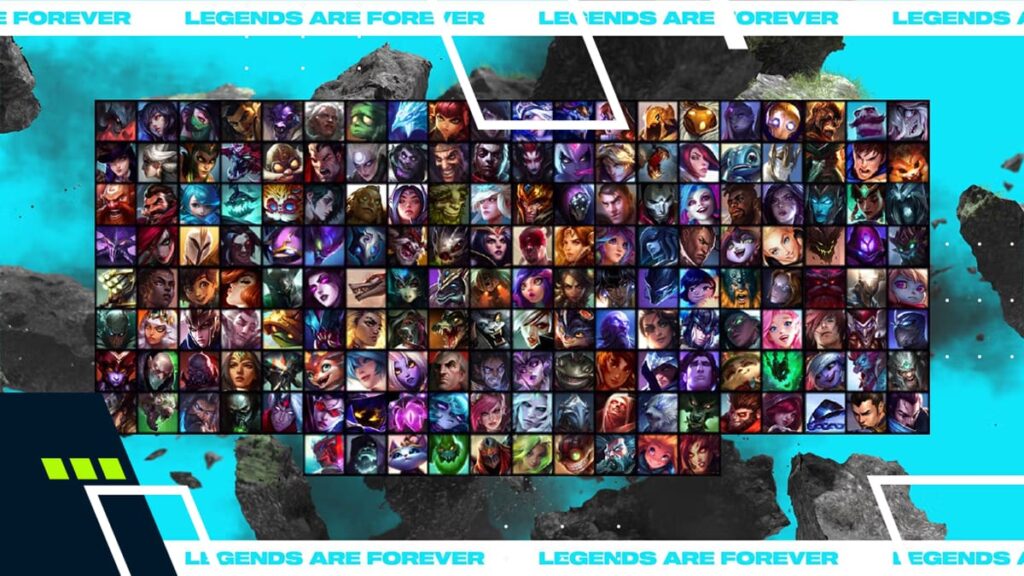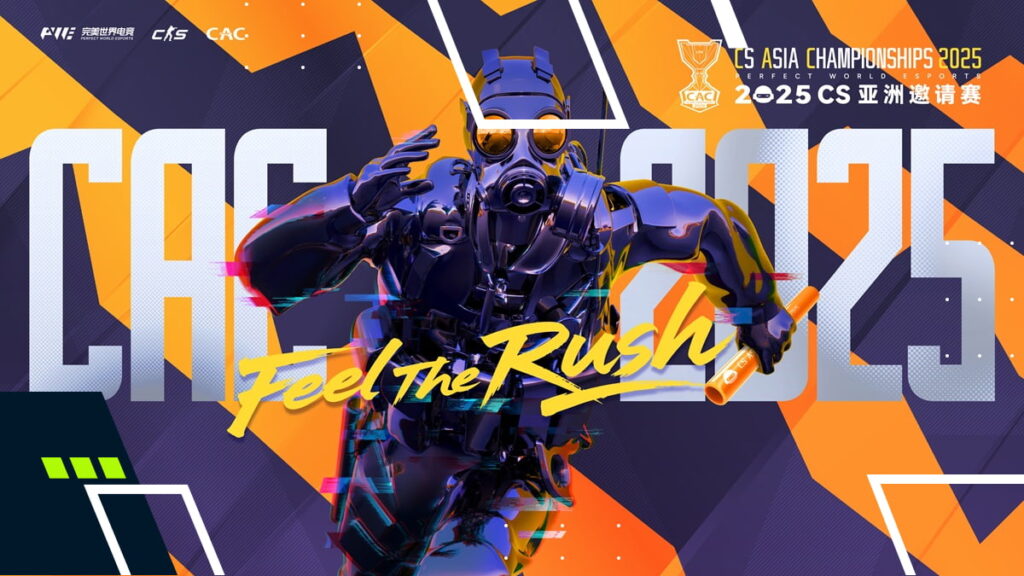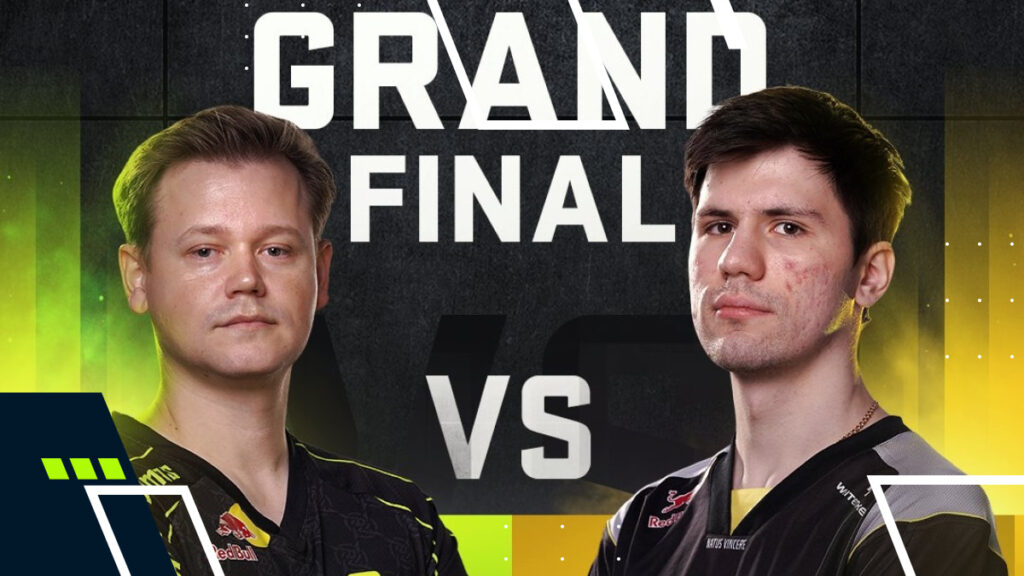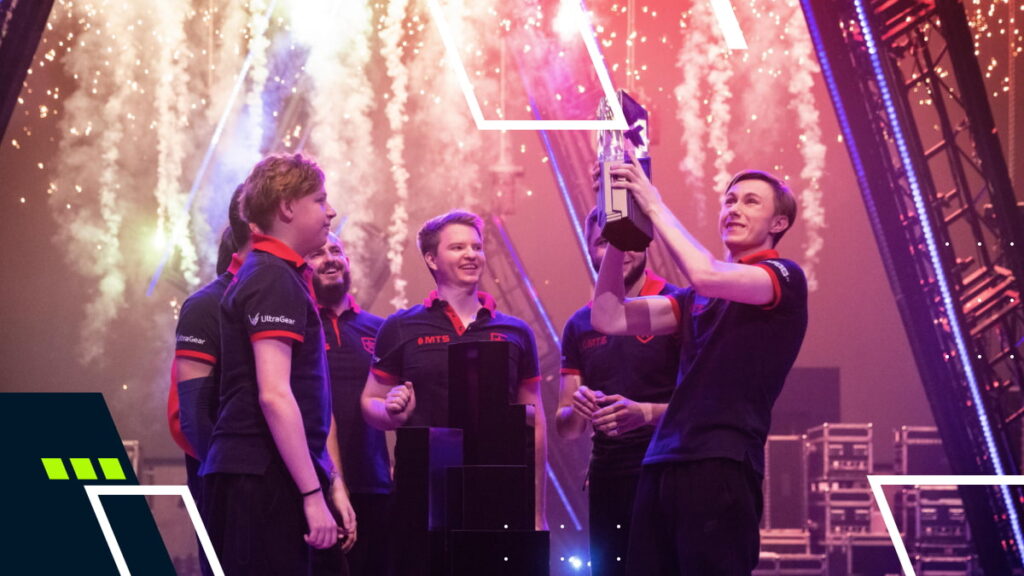FISSURE Playground 2 Highlights: Best CS2 Moments
From September 12 to 21, the world’s best Counter-Strike 2 (CS2) teams converged at the Belgrade Arena in Serbia, fighting for a share of $1,250,000 and the coveted FISSURE Playground 2 trophy. The tournament delivered nonstop action, packed with highlight-reel headshots, dramatic upsets, and a Grand Final to remember.
Now, let’s look back at FISSURE Playground 2 and spotlight the journeys of the two finalists, The MongolZ and FURIA.
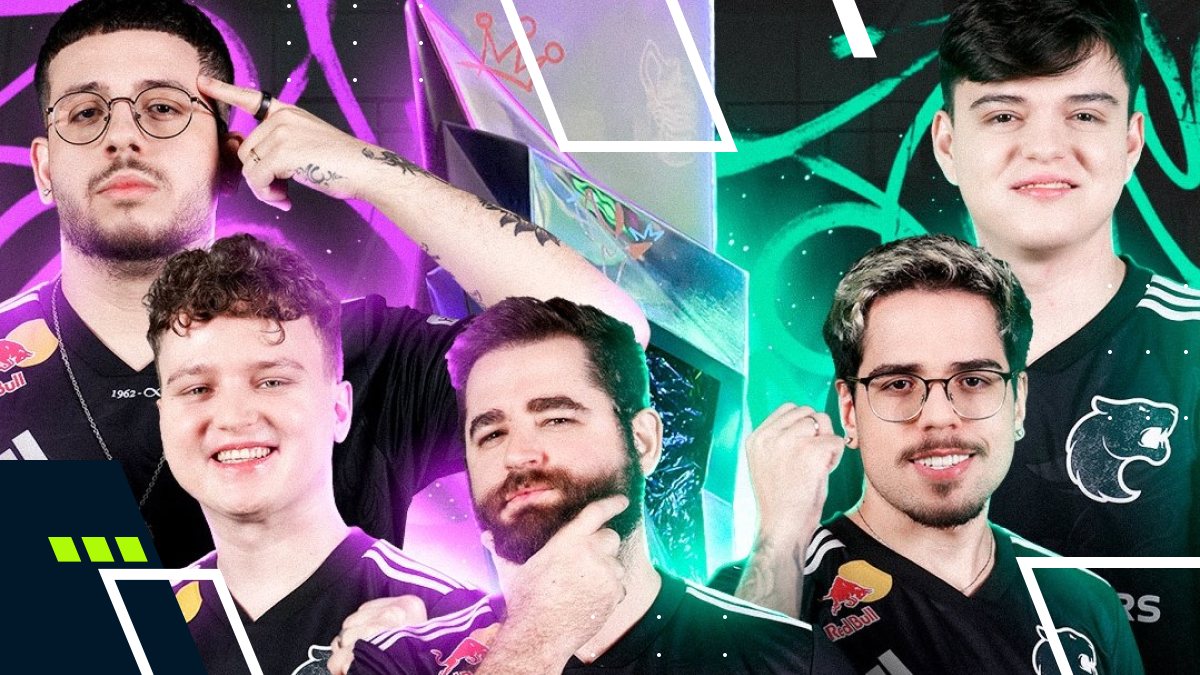
Image source: FISSURE / X
The MongolZ Fight Through The Playoffs
The Mongolian side was the favorite heading into FISSURE Playground 2, boasting a #2 spot on the VRS and a recent win at EWC 2025.
Swiss Stage Performance
The opening match against 3DMAX didn’t go as planned for The MongolZ. The French side won Inferno 13-10, before The MongolZ dominated Ancient (13-5). In the third and deciding map, Nuke, 3DMAX kept up the pressure for a 13-9 win, closing out the series 2-1.
The MongolZ stepped up in the next three matches, first beating Lynn Vision Gaming 2-0 (13-7 on Dust2, 13-6 on Ancient), then TYLOO with a 2-1 reverse sweep (10-13 on Mirage, 13-10 on Overpass, and 13-7 on Ancient).
In their fourth match, The MongolZ took down FaZe Clan with a 2-1 win (13-11 on Mirage, 13-16 on Inferno, and 13-5 on Ancient). With a 3-1 record, the team placed fifth in the Swiss Stage and subsequently advanced to the Playoffs.
Road Through The Playoffs
In the Quarterfinals, G2 Esports (recent BLAST Open London champions) was looking for revenge after The MongolZ delivered a 2-0 spanking in Stage 2 of the BLAST.tv Austin Major.
The MongolZs got off to a flying start on the T side of their map pick, Mirage, for a 9-3 half. Despite G2’s efforts to make a comeback, The MongolZ beat them 13-11, going up 1-0 in the series. On G2 Esports’ map pick, Dust2, Nemanja “huNter-” Kovač led his team to a decisive 13-7 win to tie the series.
Despite facing immense challenges, The MongolZ recovered on Ancient, narrowly winning the first half 7-5 on the CT side, and closing out proceedings with a 13-9 scoreline to eliminate G2 Esports from the tournament.
In the Semifinals match, The MongolZ spoiled Russel “Twistzz” Van Dulken’s last dance with Team Liquid before he heads to FaZe Clan. On Team Liquid’s map pick, Dust2, The MongolZ won the first half 11-2, and finished off the map with a dominating 13-3 scoreline.
Team Liquid returned the favor, winning Mirage 13-5 with a flawless T side to close the map. On the third and deciding map, Ancient, The MongolZ took an early lead. They didn’t give Team Liquid an inch, closing out the map 13-5—and the series 2-1—for a spot in the Grand Final.
FURIA Powers Up
FURIA (#8 on the VRS) seemed to grow stronger with every step of their FISSURE Playground 2 run. Gabriel “FalleN” Toledo’s men powered up with each victory, as their trophy cabinet beckoned for its first S-Tier addition.
Swiss Stage Performance
FURIA looked shaky in the opening Swiss Stage match against Team Liquid, losing the first map, Dust2 (9-13). But the Brazilian side bounced back, edging out Inferno (13-11) before closing the series with a decisive 13-7 win on Train (13-7) to complete the reverse sweep.
In the second Swiss Stage match, FURIA shut down G2 Esports in a surprising 2-0 (13-7 on Inferno, 16-14 on Mirage), then lost to Turkish powerhouse Aurora Gaming 2-0 (13-5 on Inferno, 13-11 on Dust2).
Once the dust had settled, they earned a third-place finish in the Swiss Stage by beating fellow Brazilian squad, paiN Gaming, with a clean 2-0 (13-4 on Inferno, 13-10 on Dust2).
Road Through The Playoffs
In the Quarterfinals against Astralis, FURIA fell behind 4-8 early on their map pick of Train. But after the switch, Astralis collapsed, managing just a single round as FURIA surged on the CT side to close out a 13-9 victory.
On Nuke, the teams were inseparable in regulation, requiring overtime to settle the score. Two bouts of overtime later saw FURIA secure a 19-15 win, eliminating Astralis and moving on to the Semifinals.
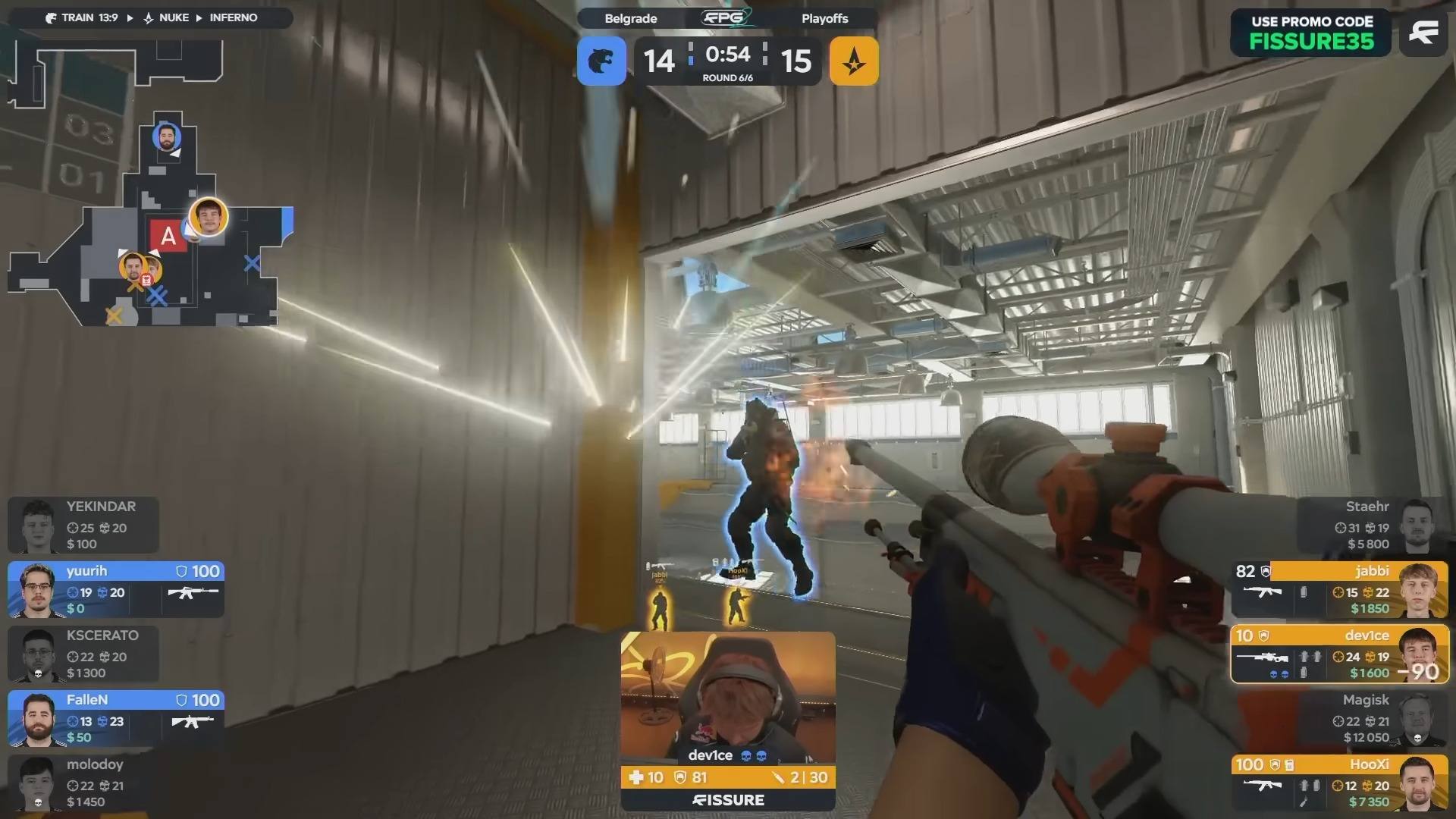
Image source: FISSURE / YouTube
Kaike “KSCERATO” Cerato topped the leaderboard on FURIA’s side with a K-D of 47-36, and Victor “Staehr” Staehr (despite his team losing), put up a massive 52-38 performance.
While Team Falcons was one of the scariest squads on paper, FURIA didn’t budge. On Train, the sides traded blows for a 12-12 score in regulation, requiring overtime. With a quick 4-0 in overtime, FURIA won Train 16-12, showcasing dominance on the CT side.
The sides were all tied up in the first half of Nuke with a 6-6 score. On the T side, FURIA came out swinging in the second half (Nuke is a CT-sided map), eliminating Team Falcons by pulling ahead for a 13-11 win on Nuke. With the win, FURIA punched their ticket to the Grand Final.
Grand Final: A Best-Of-Five Slugfest
The FISSURE Playground 2 best-of-five Grand Final didn’t disappoint, going the distance as both FURIA and The MongolZ were pushed to their limits.
On Mirage, it was The MongolZ who got off to a flying start with an 8-4 lead. FURIA’s star rifler, Mareks “YEKINDAR” Gaļinskis, and AWPer Danil “molodoy” Golubenko came alive to tie the map 12-12, forcing a 16-13 win in overtime.

Image source: FISSURE / X
Winning eight rounds on the T side, FURIA got off to a hot start on Inferno. However, The MongolZ pushed back with vigor, winning nine rounds in the second half to win the map 13-11, and tying up the series 1-1.
On Nuke, the teams were inseparable in regulation, both winning nine rounds on their CT side. FURIA managed to stabilize first in overtime for a 16-12 win, going up 2-1 in the Grand Final.
However, The MongolZ weren’t done just yet, retaliating with a solid 13-9 win on Overpass to force a deciding fifth map.
With Dust2 as the decider, The MongolZ won the Pistol and conversion on the CT side, but FURIA responded to take a slight 7-5 lead at the end of the first half. On the CT side, FURIA crushed The MongolZ’s hopes of victory, scoring six in a row to win Dust2 13-5, locking in a spot at the Grand Final with a 3-2 score.
Which Team Won FISSURE Playground 2?
FURIA won FISSURE Playground 2. The win marks the first time the Brazilian organization has earned an S-Tier Counter-Strike trophy since its inception on August 10, 2017.
In the Swiss Stage, they held a 3-1 record, first beating Team Liquid and G2 Esports, then losing to Aurora Gaming, and finally, beating paiN Gaming 2-0 to advance to the Playoffs Stage in third place.
FURIA first took down Astralis with a 2-0 score in the Playoffs Stage, and proceeded to eliminate Team Falcons with a 2-0 score as well to reach the Grand Final unscathed.
In the Grand Final of FISSURE Playground 2, FURIA stood their ground against an onslaught from The MongolZ, narrowly winning 3-2 with two maps going into overtime.
FURIA roster:
- Yuri “yuurih” Boian
- Kaike “KSCERATO” Cerato
- Mareks “YEKINDAR” Gaļinskis
- Danil “molodoy” Golubenko
- Gabriel “FalleN” Toledo (IGL)
- Sidnei “sidde” Macedo (Coach)
Our MVP is Danil “molodoy” Golubenko, who topped the scoreboard in the Grand Final with a K-D of 99-71, and a rating of 1.26. Throughout the event, the Kazakhstani AWPer impressed with an overall rating of 1.19.
Honorable mention goes to FalleN’s dog, Barto, who took the stage after FURIA’s win, loves the FISSURE Playground 2 trophy.

Image source: FURIA / X
FISSURE Playground 2 Final Standings
Here are the final standings and prize pool distribution of FISSURE Playground 2.
| Place | Team | Team Prize | Club Prize |
|---|---|---|---|
| 1st | FURIA | $200,000 | $160,000 |
| 2nd | The MongolZ | $100,000 | $130,000 |
| 3rd-4th | Team Liquid Team Falcons | $40,000 | $90,000 |
| 5th-8th | Aurora Gaming G2 Esports Astralis paiN Gaming | $17,500 | $50,000 |
| 9th-11th | FaZe Clan GamerLegion Virtus.pro | $10,000 | $13,330 |
| 12th-14th | TYLOO Legacy 3DMAX | $5,000 | $10,000 |
| 15th-16th | Lynn Vision Gaming HEROIC | $2,500 | $5,000 |
FAQs
When was FISSURE Playground 2 held?
FISSURE Playground 2 took place from September 12 to 21.
Who won FISSURE Playground 2?
FURIA won the tournament, with The MongolZ claiming second place.
What was the biggest upset of FISSURE Playground 2?
paiN Gaming sweeping Team Falcons (one of the favorites on paper) in such a clean 2-0 (13-4 on Inferno, 13-6 on Ancient) was the biggest upset.
Which player stood out the most at FISSURE Playground 2?
FURIA’s 20-year-old Kazakhstani AWPer, Danil “molodoy” Golubenko, stood out the most for us, with a 1.19 rating across the entire event, and topping the leaderboard with a 1.26 in the Grand Final.
What was the FISSURE Playground 2 prize pool??
The total prize pool was $1,250,000, with a $500,000 team share and a $750,000 club share.



